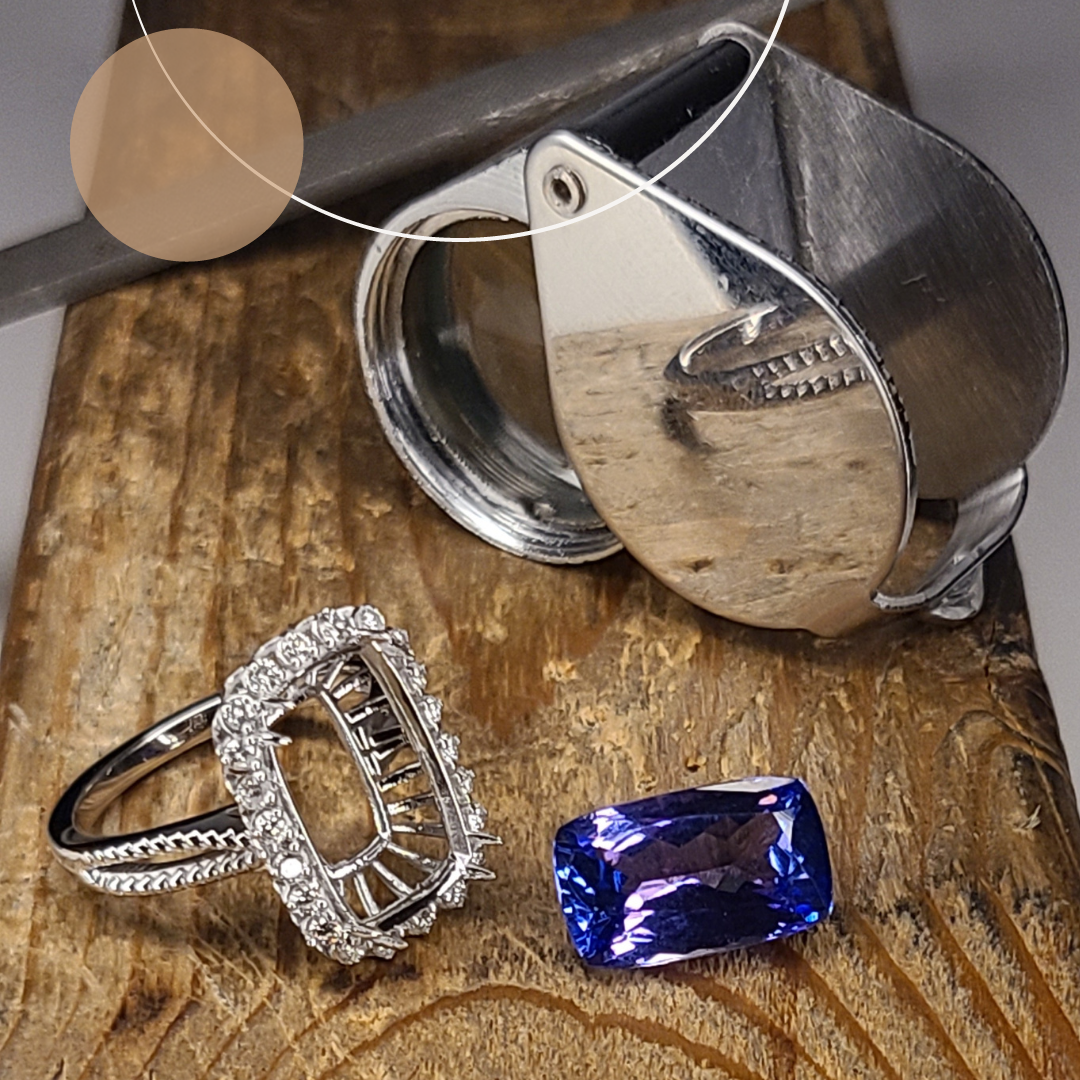Checking the clarity of tanzanite involves examining the gemstone for any internal or external characteristics that may affect its transparency and visual appeal. Here are steps to help you check the clarity of tanzanite:
-
Clean the tanzanite: Start by ensuring that the tanzanite is clean and free from any dirt, dust, or fingerprints. Use a mild soap and warm water solution or a jewelry cleaning solution specifically formulated for gemstones. Gently scrub the tanzanite with a soft brush or cloth, and rinse it thoroughly. Dry it with a lint-free cloth.
-
Use proper lighting: Adequate lighting is essential for evaluating the clarity of tanzanite. Natural daylight or a jewelry store's showcase lighting can provide good lighting conditions. Avoid using colored or dim lighting, as it may affect your ability to see the gemstone's clarity features.
-
Observe the gemstone: Examine the tanzanite with the naked eye and under magnification. Hold it up to the light and observe any visible inclusions, cracks, or blemishes. Look for internal characteristics such as crystals, color zoning, cloudiness, or fractures. Tanzanite commonly exhibits internal characteristics, and not all inclusions affect its beauty or durability. Consider the size, location, and visibility of any inclusions.
-
Use a jeweler's loupe or magnifying glass: A jeweler's loupe or a magnifying glass with a minimum of 10x magnification can help you inspect the tanzanite more closely. Hold the loupe or magnifying glass close to your eye and examine the gemstone. Pay attention to the inclusions, clarity features, and overall transparency. The magnification will allow you to see more details and assess the clarity characteristics.
-
Consider the clarity grade: Tanzanite clarity is typically graded on a scale ranging from "eye-clean" to varying levels of inclusions, such as VVS (Very Very Slightly Included), VS (Very Slightly Included), SI (Slightly Included), and I (Included). Tanzanite with higher clarity grades is generally more valuable. Compare the observed inclusions with these clarity grades to assess where the tanzanite falls on the scale.
It's important to note that tanzanite commonly has inclusions, and not all inclusions negatively impact its beauty or durability. The choice of clarity depends on personal preference, budget, and the overall appearance of the stone.
If you are uncertain or require a professional assessment, consult a certified gemologist or take the tanzanite to a reputable jeweler who can provide a more accurate evaluation of its clarity characteristics.

